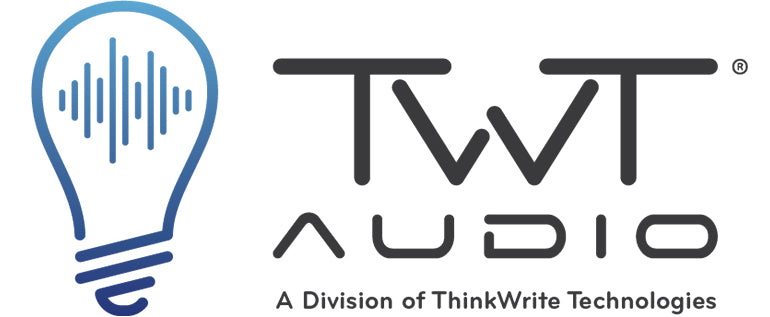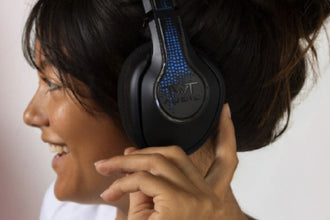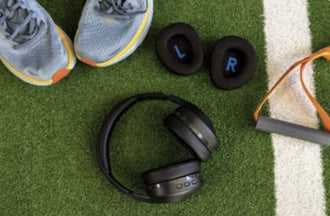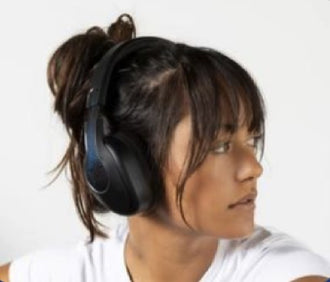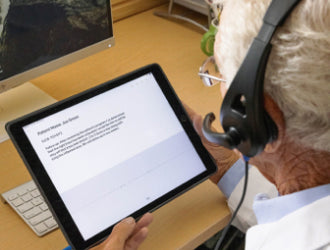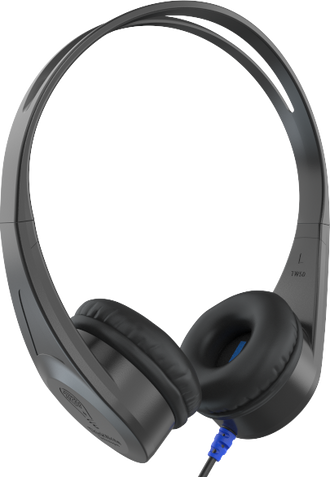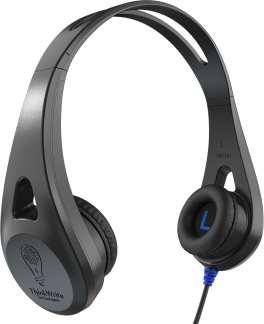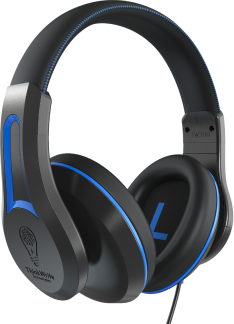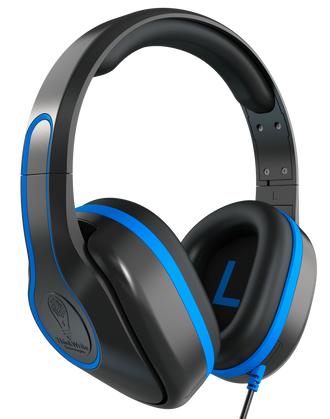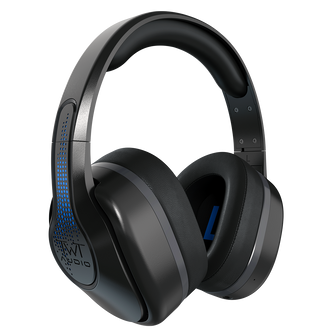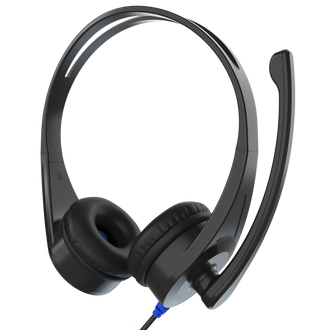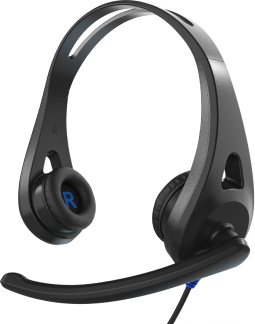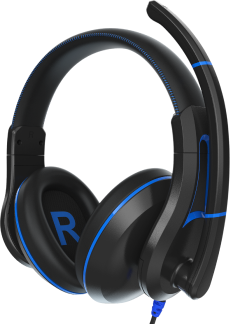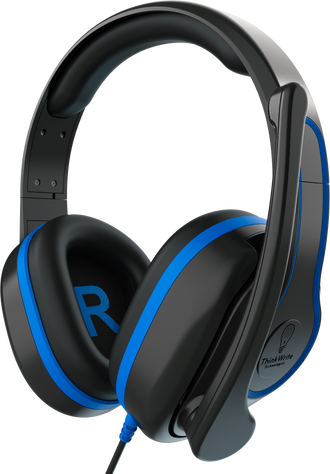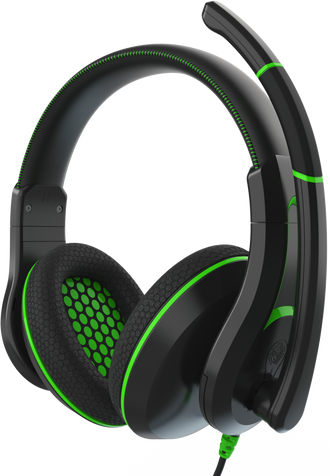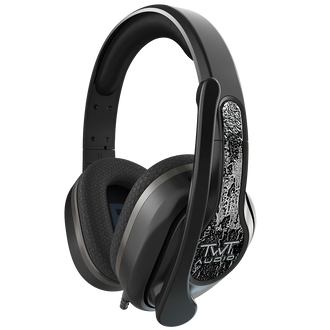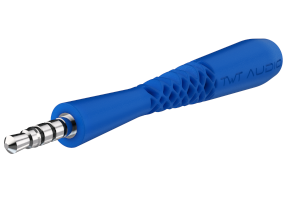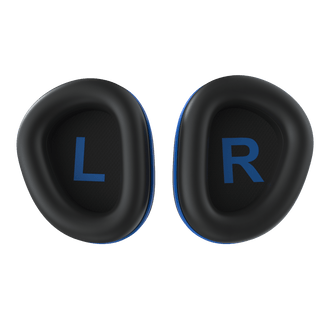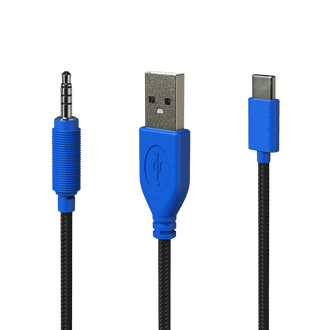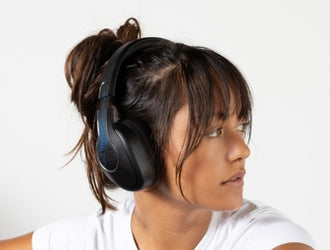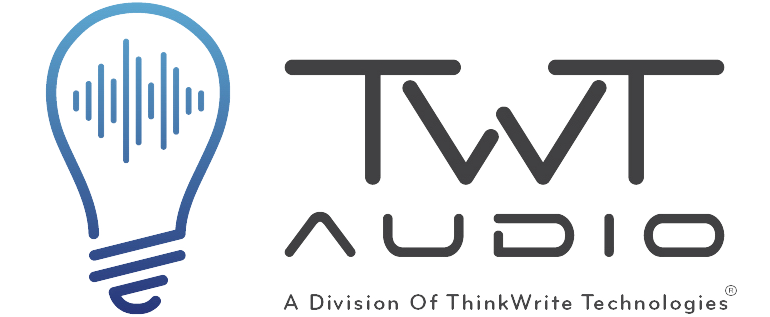Integrating technology into the classroom is necessary for effective, modern teaching and learning. One simple tool that can significantly improve the learning experience for students is headphones. Whether for testing, language labs, multimedia presentations, or independent research, deploying headphones designed for classrooms can make a positive impact. This blog will discuss the benefits of using headphones and provide a step-by-step guide on effectively deploying them.
Benefits of Classroom Headphones
Before we dive into the deployment process, let's explore a few of the advantages of using school headphones:
-
Enhanced Focus and Concentration: Headphones can help students block out distractions and concentrate on the task at hand, whether it's listening to an audio lecture, engaging in online lessons, or conducting research, headphones provide a personal quiet zone for their listeners.
-
Personalized Learning: With headphones, students can access educational content at their own pace, making catering to individual learning styles and abilities easier. Headphones also come in use when students are conducting in dependent research during study times.
-
Improved Audio Quality: Headphones provide superior sound quality, ensuring students can hear audio materials, videos, and online resources without disturbing their peers. With many schools implementing 1:1 tech protocols, it is also imperative that students can hear and use these tools without distracting or being distracted by their peers.
-
Language Learning: Headphones are essential for language labs, enabling students to listen to and practice foreign language skills with authentic accents and pronunciation. Headphones with microphones are even more essential for learning languages as they allow for student-input into digital learning platforms.
- Access to Digital Resources: Many educational software applications and multimedia materials require audio. Headphones make it possible for students to engage with these resources effectively.
There are many more creative and effective ways to explore educational headphones in your classroom; these are just a few leading examples.
Step-by-Step Guide to Deploying Headphones in Your Classroom:
Now that we've discussed some general benefits of using headphones in your classrooms, let's explore how to deploy them effectively.
Step 1: Define Your Objectives
Before purchasing your classroom headphones, it's essential to understand your educational objectives. Think about a few important things before purchasing headphones, such as what specific tasks or activities you plan to use headphones for. Consider whether you need wired or wireless headphones, the level of noise reduction required, and any compatibility considerations with your existing technology.
Assess the specific subject-related tasks you have in mind for your classroom. Will the educational headphones be primarily used for testing, gaming, language learning, science simulations, or math tutorials? Identifying these subject-specific tasks will enable you to choose comfortable headphones that cater to each discipline's unique requirements.
Take into account the size and layout of your classroom. In larger classrooms, wireless headphones can offer students more flexibility, allowing them to move around without being tethered to a computer or device. Wired headphones may suffice in smaller spaces, saving costs and potential logistical challenges. Wired headphones also requiring no charging compared to their wireless counterparts.
Determine your need for noise reduction or isolation. Do you require noise reducing headphones to create a quieter learning environment, or will passive noise isolation and reduction suffice? This decision can impact your choice of headphones and your budget allocation. If using high-quality noise-reducing headphones such as the REVO series - be sure to implement a visual communication system with your students when needing to gain your classroom's attention during headphone-use periods.
What are the age groups of your students? Younger children may need headphones with added comfort features, such as adjustable headbands, cushioned ear pads, and a lightweight design. Or they may need an ultra-durable model that can withstand the daily use that comes with young children. These considerations ensures your learners can wear comfortable headphones for extended periods, promoting a practical learning experience.
Ensure that the headphones you choose are compatible with the devices in your classroom, whether they are desktop computers, tablets, or laptops. Compatibility considerations extend to both the physical connections and the compatibility of headphones with the hardware and software in use. Some headphones have modular cables that can make one pair of headphones compatible with multiple systems.
Be mindful if your headphones offer and volume control options. Audio clarity is crucial if you plan to use headphones for multimedia content or audio-intensive activities. But, looking for headphones that limit the output volume is essential for protecting student hearing health. TWT Audio headphones are all optimized for student listening.
When selecting educational headphones, assess the devices' expected lifespan and inquire about warranties. Quality headphones may come with a slightly higher upfront cost but often last longer and come with warranty coverage, saving you money on replacements and repairs.
Involve your students in the decision-making process if you're able to. Gather their preferences to give yourself a jumping off point in your search. This process can be particularly beneficial if you plan to use classroom headphones extensively. Student input on comfort, fit, and functionality can provide valuable insights and create a more engaging learning experience.
By considering and addressing these points, you can customize your headphone selection to align more effectively with your educational objectives, resulting in an optimal learning environment for your students.
Step 2: Budget Planning
Determine your budget for school headphones. Be sure to factor in the number of students and the quality of headphones required. Quality headphones may have a higher initial cost but tend to last longer and provide better audio quality. Luckily, with TWT Audio, you get the best of both worlds: affordable price and longevity. If buying in bulk (for one classroom or more) please contact us for special bulk pricing offers.

The TWT Audio Ergo headset in action in the classroom
Step 3: Choose the Right Classroom Headphones
Select headphones that align with your objectives and budget. As mentioned, look for comfort, durability, adjustable sizing, volume control, and compatibility with classroom devices like computers and tablets. Wired headphones are more cost-effective for most classrooms, while wireless options offer greater flexibility.
Step 4: Purchase and Test
Once you've chosen the headphones you're confident in, make your purchase. Before deploying them to your classroom, test a few pairs to ensure they work seamlessly with your devices and provide the expected audio quality. At TWT Audio, we'll save you the headache and send you a sample before you buy just to make sure they're what you were looking for. Contact us for a quote today!
Step 5: Establish Guidelines
Create clear guidelines and rules for headphone use in your classroom. Ensure students understand when and how to use them and emphasize responsible usage, including volume control to protect their hearing.Some guidelines could include:
1. Regular Cleaning
A clean and hygienic environment is paramount. Implement a regular headphones maintenance schedule to prevent dirt, sweat, and germs buildup. Encourage students to clean the ear cushions and headbands with disinfectant wipes at the beginning and end of each class or session. This practice ensures cleanliness and helps prevent the spread of germs, particularly during cold and flu seasons.
2. Hygiene Education
Educating students about the significance of maintaining headphone hygiene is essential. Provide clear instructions on how to clean and maintain their headphones properly. Additionally, encourage students to use personal headphones when feeling unwell to prevent the spread of germs in the classroom.
3. Shared vs. Personal Headphones
If your budget allows, consider providing students with their own personal headphones. This ensures hygiene and offers a sense of ownership and comfort. Personal headphones eliminate the need for shared equipment, further reducing the risk of contamination. If you only need to use 10 or so headphones at a time versus a full class set you can invest in modular base units and multiple sets of interchangeable ear cushions (ideally one set of cushions per student).
4. Sanitizing Stations
Create sanitizing stations in the classroom with hand sanitizers and disinfectant wipes. Encourage students to clean their hands before and after using the headphones. This proactive measure helps reduce the risk of contamination and maintains a healthier classroom environment and can be used after recess and other potential times where germs and bacteria can be present.

Tucking away the TWT Audio DURO headset for the day.
Step 6: Organize and Store
Designate a headphone storage area when not in use. This practice helps prevent damage and loss. Consider using storage solutions like bins, stands, or hooks to keep headphones organized and accessible. You can take it one step further with individual storage – separate storage for each student's headphones when not in use. This practice ensures that educational headphones remain uncontaminated and organized.
Step 7: Teacher Training
Educate your fellow staff on effectively incorporating headphones into their lessons and their benefits. Encourage them to explore educational apps, online resources, and interactive activities that can enhance the learning experience with a simple tool such as headphones.
Step 8: Monitor and Maintain
Regularly check the headphones to ensure they function correctly. Perform headphone maintenance as needed, such as cleaning ear cushions and replacing damaged cables (when possible). These strategies will prolong the lifespan of your headphones.
Conclusion
Deploying durable and comfortable headphones in your classroom can be a game-changer for educators and students. Leverage the power of educational headphones and transform classroom learning by following the tips above for integrating headphones into your curriculum. Being mindful of your objectives, budget, and quality considerations, you can create a technology-rich learning environment that fosters concentration, personalized learning, and improved access to digital resources.
With the right headphones and proper management, you'll open the door to a more equitable, engaging and productive educational experience for your students. Thinking about ordering new headsets? Check out the modular REVO 300 educational headset series.
Need More Tips?
Choosing the right headphones can be daunting, given the hundreds of options available. To help you make an informed decision, TWT Audio's educational and sound experts created a reference guide for buying headphones and headphones with microphones (headsets) for classroom use or any other educational purpose. Click here to learn how to find the perfect headphones for your educational needs!

Dive into TWT Audio's blog: Tips for Buying Headphones & Headsets for the Classroom
